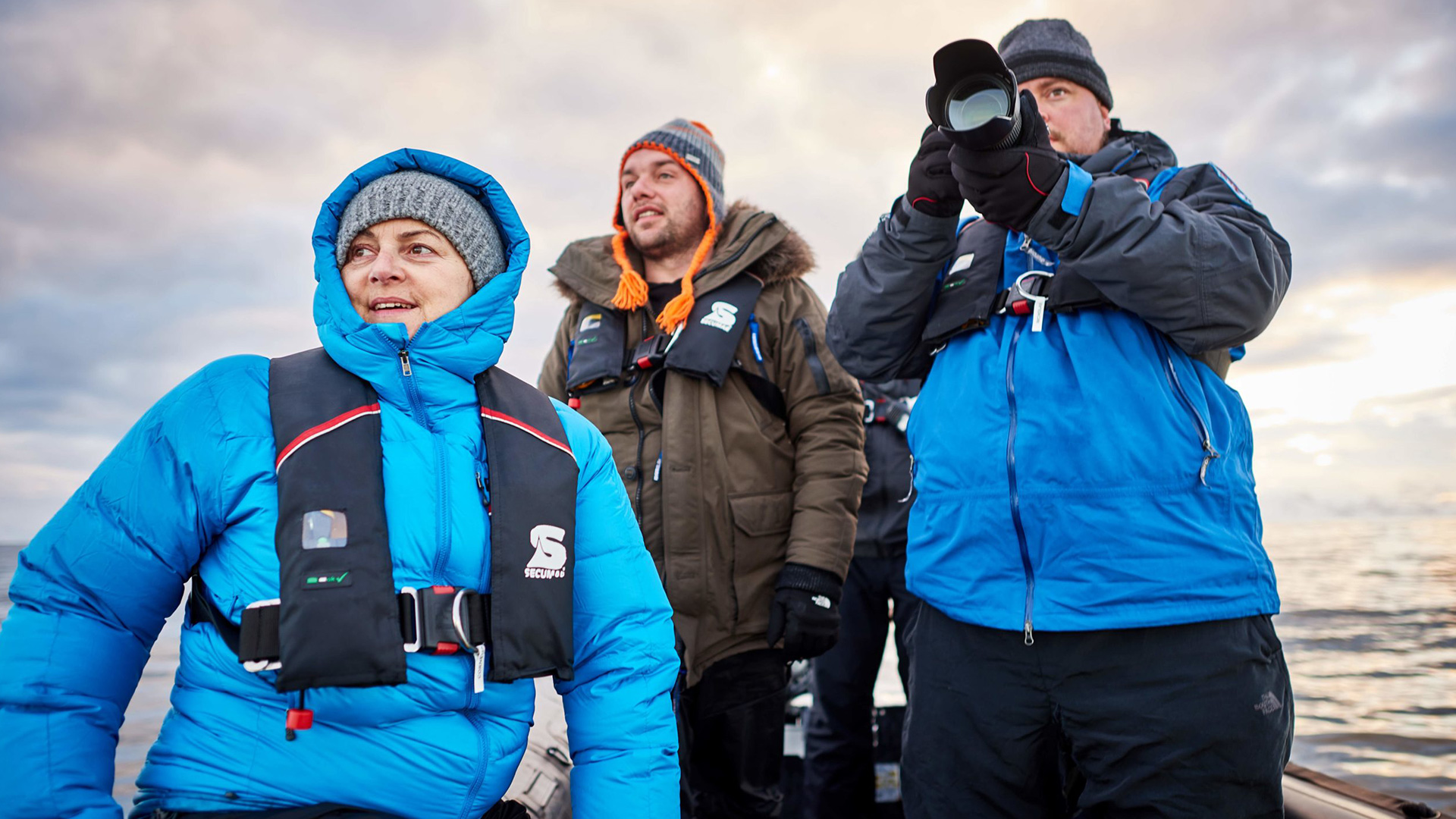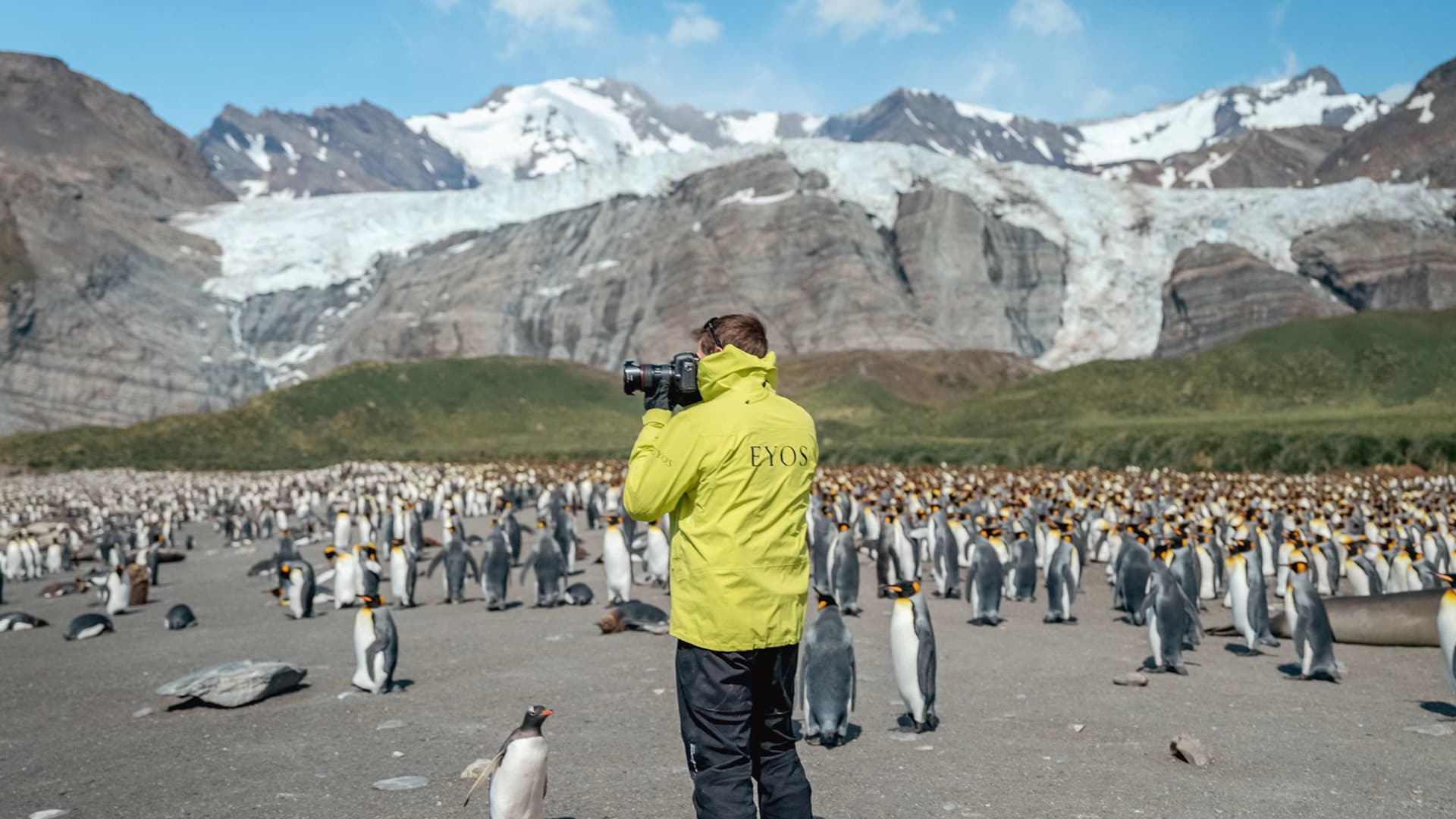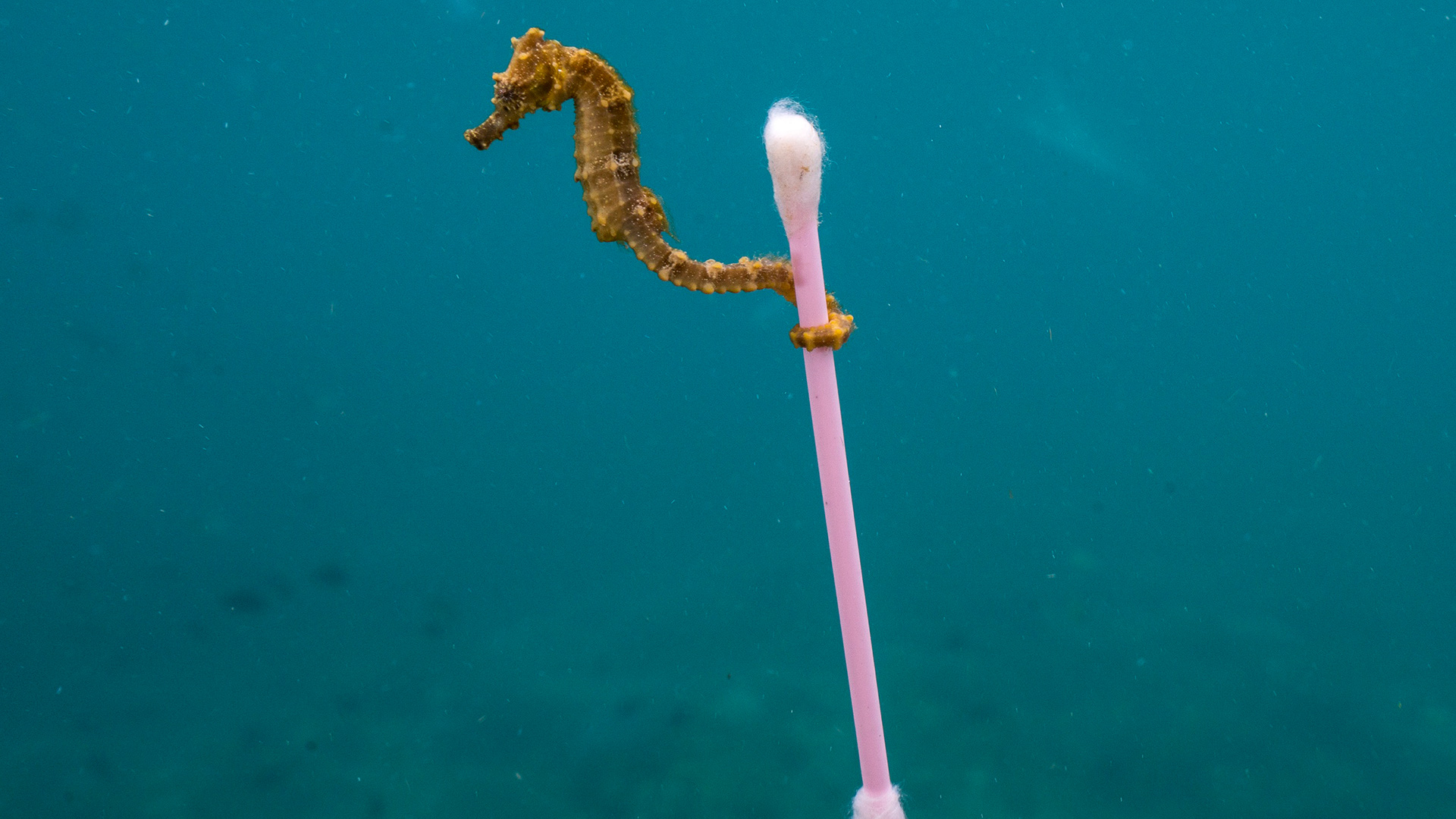Unique light, wildlife, and landscapes make Antarctica a dream destination for photographers. What does it take to make a great photo there?
While sailing through the wilderness of Antarctica, there are a few sounds that become quickly familiar: the cacophonous calls of penguin colonies, the thunderous roar of icebergs calving from glaciers, the crackling of sea ice against the hull of the yacht, and the rapid clicks of camera shutters. This is because Antarctica is a photographer’s dreamland with an unrivaled combination of elements. During the peak of summer, the sun just barely dips below the horizon, meaning that there are extended hours of soft and dynamic light. What is more, the dramatic landscape of peaks and glaciers is brimming with wildlife that can’t be seen anywhere else in the world. Light, setting, and subject all come together for an unforgettable photo experience. But the landscape in the South is also challenging and the elements on an expedition require a different level of preparation. So before heading into the White Continent, here are some things to consider to ensure the absolute best photo experience.
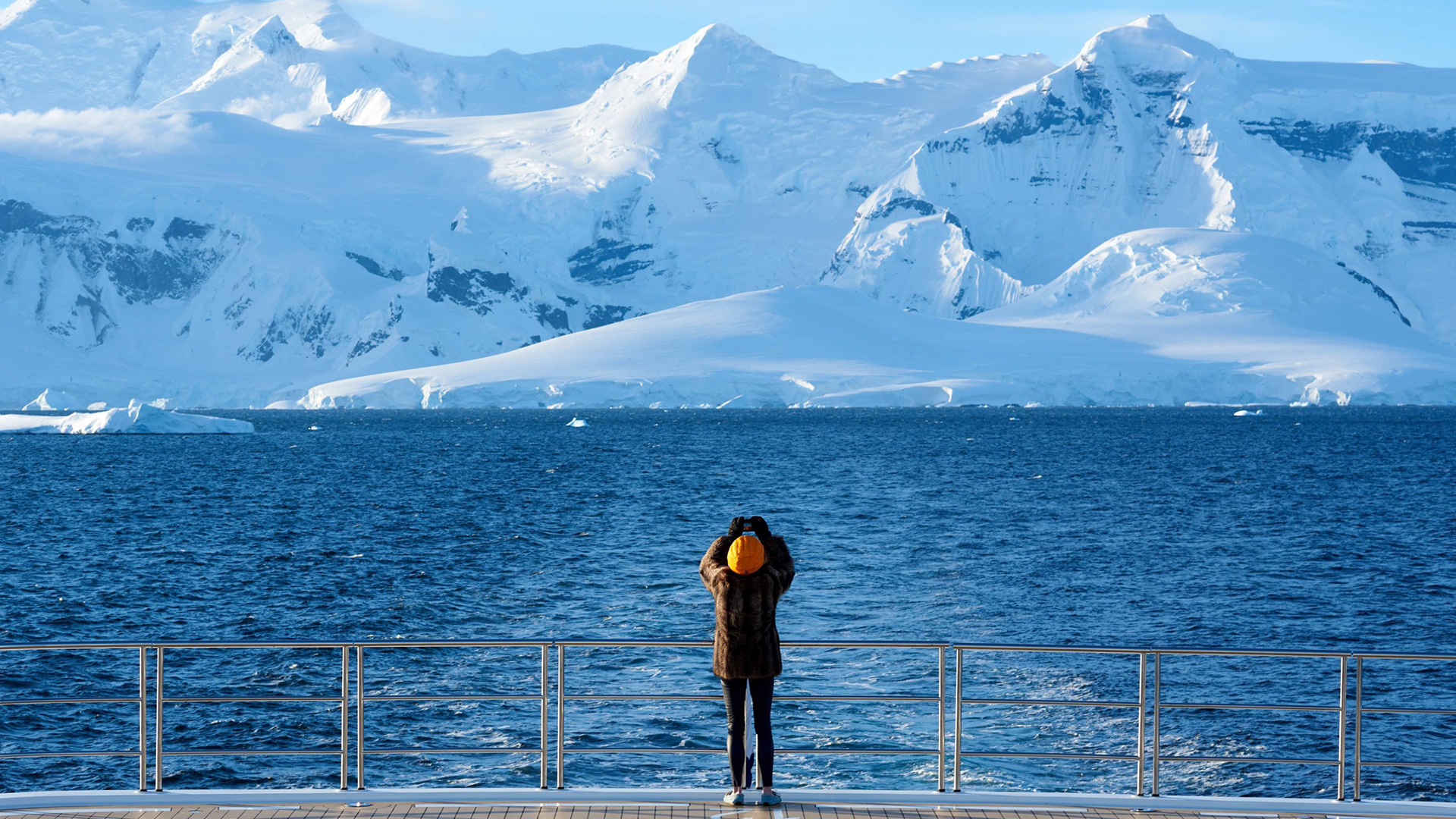
Capture the Vastness: Composing Epic Landscapes
Photography is a 2-D medium trying to capture a 3-D world. It’s an inherently tricky problem but, with the right composition, it is possible to capture all the dimensions of Antarctica’s vast, sweeping landscapes.
- Utilize Wide-Angle Lenses: Embrace the scale of the environment by using wide-angle lenses (such as 16-35mm) to showcase the expansive vistas and towering ice formations.
- Play with Perspectives: Experiment with different angles and viewpoints to emphasize the enormity of icebergs, glaciers, and mountains. Find unique positions either low to the ground or high above the subject to add depth and drama to compositions.
- Incorporate Foreground Elements: Include foreground elements, such as ice formations or Zodiacs, to provide a sense of scale and lead the viewer’s eye into the frame, creating a more immersive experience.
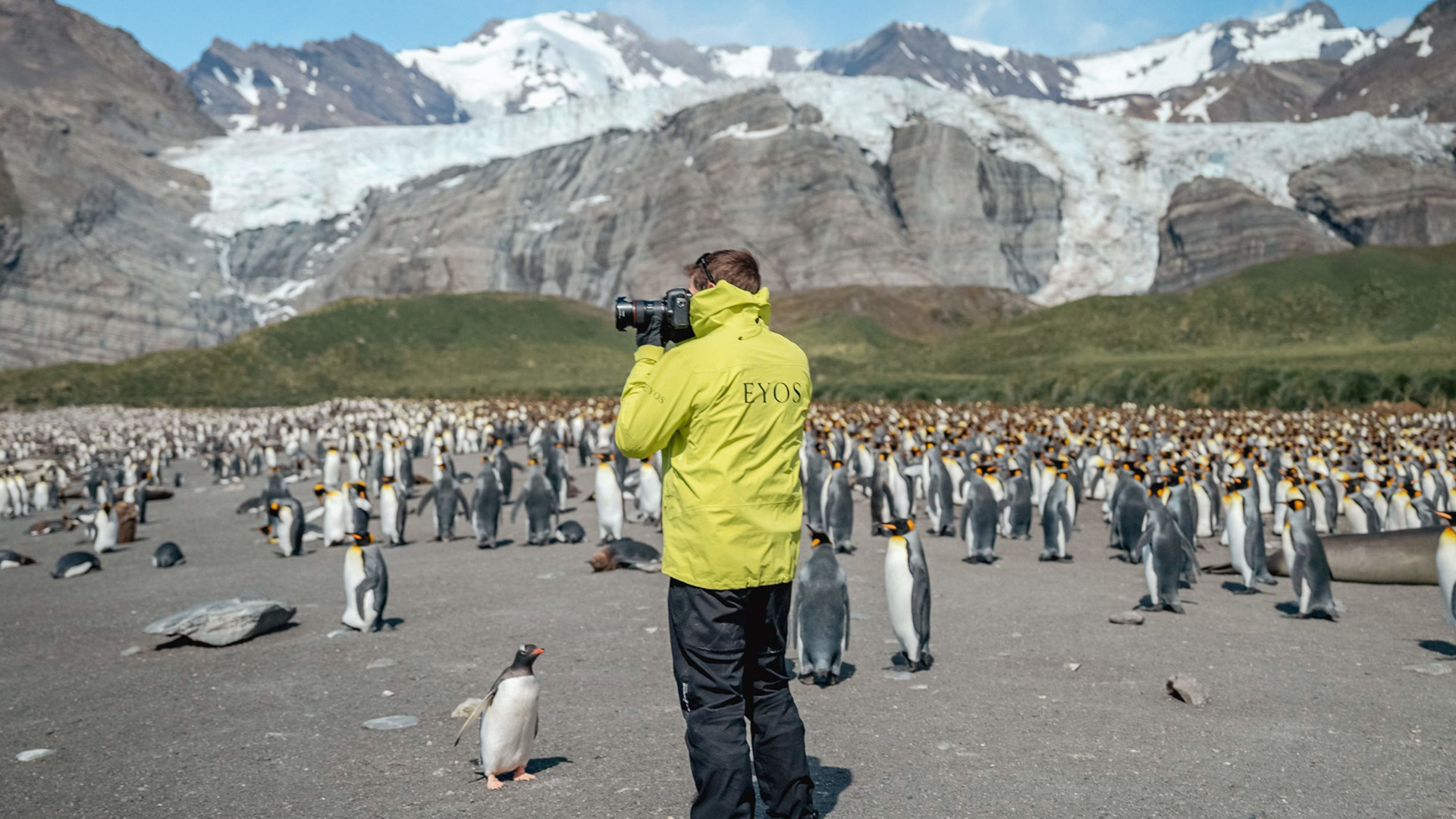
Wild Encounters
Antarctica teems with an array of fascinating species like penguins and whales. It is a privilege that requires respecting the wildlife and being a mindful ambassador. EYOS is a proud member of the International Association of Antarctic Tour Operators (IAATO) and our practices in the field follow their guidelines.
- Respectful Observation: Prioritize the well-being of the wildlife and respect their natural behaviors. Observe from a safe distance, allowing animals to roam freely and without disturbing nesting sites or haul outs.
- Patience and Anticipation: Wildlife photography demands patience. Spend time studying animal behavior and learning about the natural history from the trips Expedition Leader, anticipating movements to capture unique moments and expressions.
- Fast Shutter Speeds: To freeze motion and capture sharp images of fast-moving wildlife, use fast shutter speeds. Aiming for 1/500th of a second or faster is generally a good starting point.
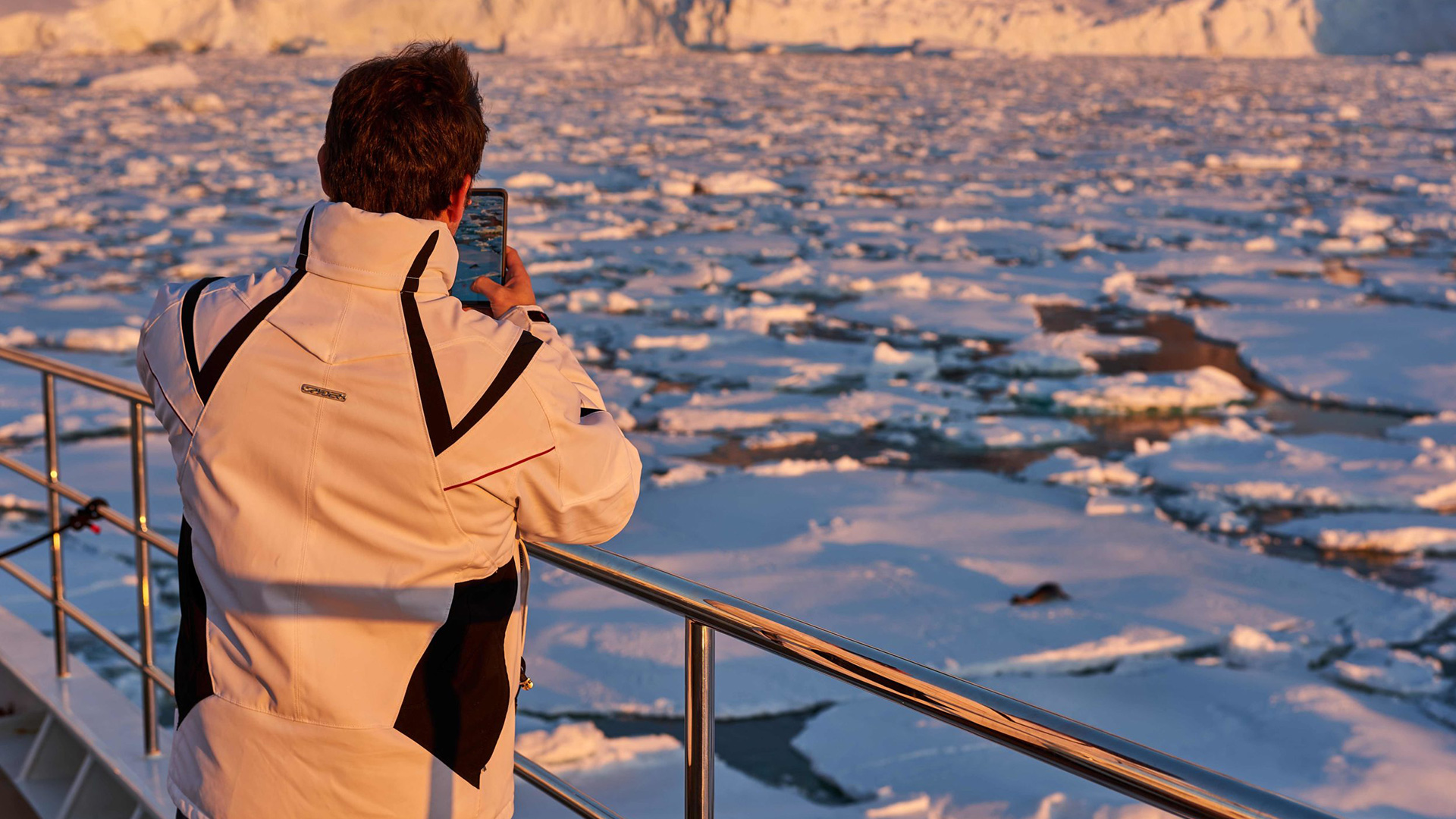
Dynamic Light: Harnessing the Polar Magic
Antarctica’s high-latitude lighting conditions contribute to its enchanting allure and never-ending opportunity.
- Golden Hours: Embrace the extended golden hours in Antarctica, where the sun hovers near the horizon, casting a warm and diffused light across the landscape. Make the most of these magical moments to capture stunning hues and soft shadows by spending as much time as possible on the deck of the yacht.
- Moody Weather: The ever-changing weather in Antarctica adds drama and character to images. Photograph fog, stormy skies, or rays of sunlight breaking through the clouds to create evocative and dynamic compositions.
- Long Exposures: Experiment with long exposures to capture the serene beauty of the icy landscapes and smooth out the movement of water or drifting snow.
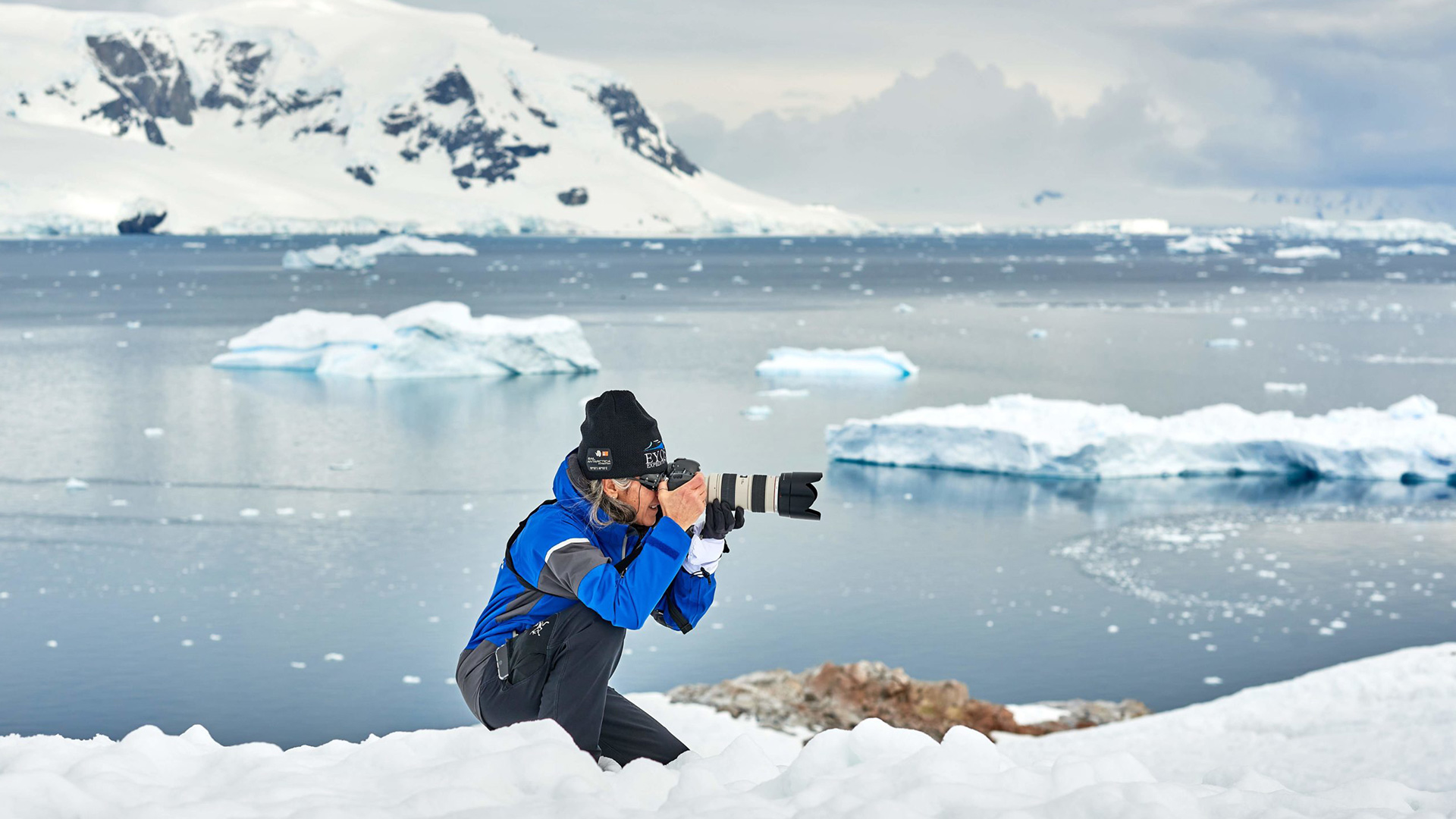
Protecting Gear: Essential Precautions
With the extreme conditions of an expedition to Antarctica, protecting equipment is crucial.
- Cold Weather Preparations: Extreme cold can drain batteries rapidly. Keep spare batteries warm by carrying them in warm pockets. Minimize lens changes in frigid conditions to prevent condensation and moisture from affecting the equipment.
- Waterproofing: Zodiac rides to and from shore landings can often be wet and splashy. Invest in a high-quality waterproof camera bag to shield gear from snow, ice, and moisture. Use silica gel packs to absorb excess moisture inside the bag.
- Lens Care: Keep lenses clean and free from snow or water droplets. Use lens hoods to minimize snow accumulation and always carry a lens cleaning kit to ensure optimal image quality.
